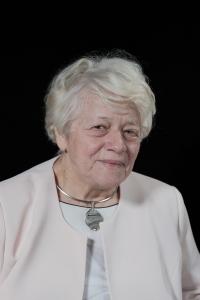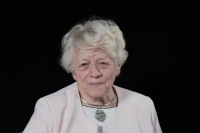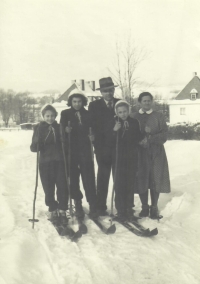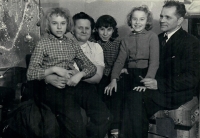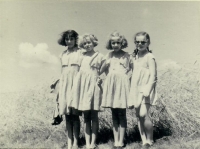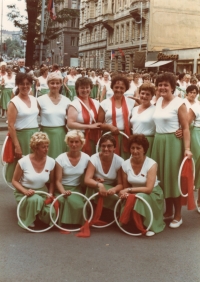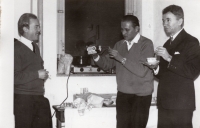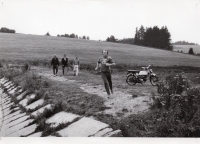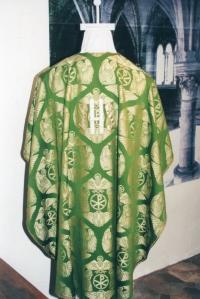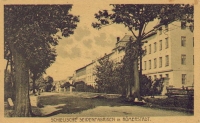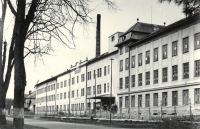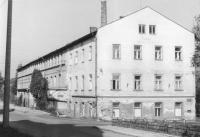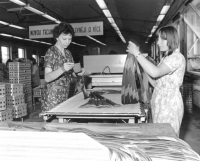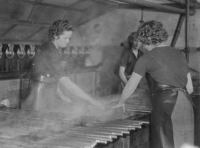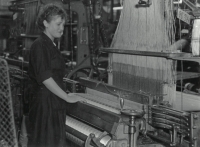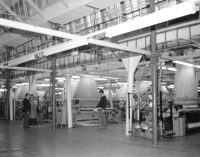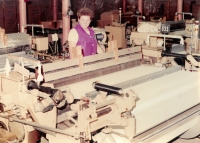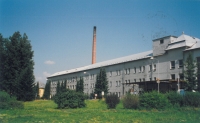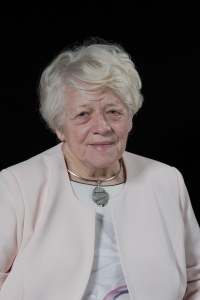Silk became an admixture in her life
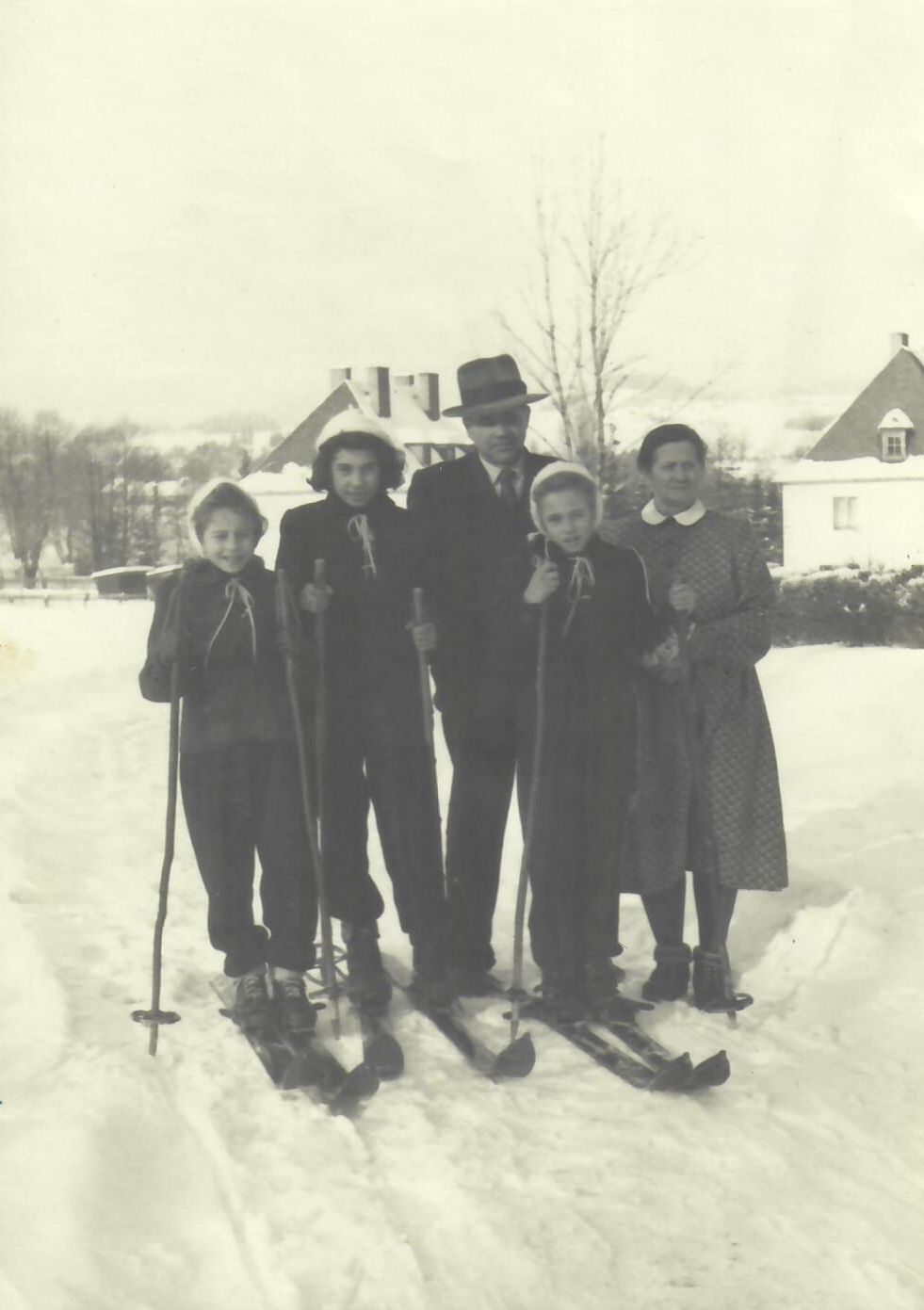
Download image
Ludmila Jurásková was born on 10 January 1944 in the village of Bušín in the Šumperk region. Her father, Josef Jurásek, was involved in local resistance activities during the Second World War as part of a partisan brigade. When she was only three years old, she moved with her parents and sisters to Bruntál, where her father worked as a court clerk. No sooner had little Ludmila started first grade in Bruntál than she and her parents moved again, this time to Rýmařov. The town of Rýmařov is still intrinsically linked with silk processing. Immediately after graduating from elementary school, she joined the local textile factory. Later she was able to study at the Industrial Textile School in Ústí nad Orlicí. Thanks to her father, who encouraged Ludmila and her sisters to take up sports and other hobbies, she decided to accept an offer of a job as a tutor at the Hedva Rýmařov apprenticeship, where she cultivated a love of movement in her pupils. She has been an active sportswoman all her life and was mostly involved in cross-country skiing. In 1970, she changed her workplace and joined the so-called Rýžoviště 04 race. Here she worked until the 1990s. Before her retirement she worked as an economist at the local primary art school. In her retirement she worked in a museum dedicated to the long history of textile industry in the Rýmařov region. At the time of filming in 2023 she lived in Rýmařov.
